This started out as a simple status report following my first report on the revival of the Getting Things GNOME project, but turned out into a full-fledged article that, I believe, would be relevant to many community managers and FLOSS project maintainers out there. Particularly if you have an established open-source project looking for sustainable development but don’t have the luxury of paid developers, it should be worth investing the 7-9 minutes to read this.
As the world came to a standstill and as I finished my tax season accounting (two unrelated things, really), this month I have completed a major overhaul of the “developer experience” for GTG. The objective is to make it easier and more exciting for people to contribute to the project, by having:
- a very clear workflow, objectives, and set of rules;
- helpful & up-to-date reference documentation (particularly when it comes to building, testing and developing the core application).

Indeed, from a community management standpoint, the project was suffering from two fundamental problems:
- It was completely unclear what is critical or not, and therefore what actually needs to be done to make a release. This would lead any potential contributor to feel overwhelmed and discouraged to work on the project. It is impossible to take action if you don’t know where you stand, don’t know how far you need to go, and if everything is vying for your attention.
- The documentation for contributors was mixed up with user documentation, and both were outdated and spread across four—or even five—websites. There were a gazillion things on LaunchPad, GitHub, ReadTheDocs, a defunct website/blog, and on the GTG wiki—which had at least 55 documentation pages, plus 50 pages of past Google Summer of Code projects, totalling somewhere over 105 pages, two thirds of which had broken links. When information was not “just” scattered, it was also often duplicated, conflicting, or so outdated that it was downright misleading. So, yeah.
Not everything is black and white in this world, but when you combine these two polarities problems together, you end up with a “mottled dove”—the Ikaruga.
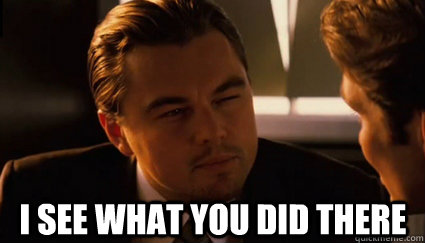
Why yes, I am totally using a bipolar shoot-em-up bullet hell as the analogy for what the potential contributor’s developer experience must have felt like.
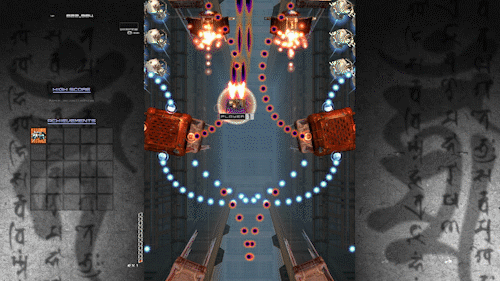
Part 1: Fixing the workflow, redefining the objectives and policies
I am addressing the 1st problem mentioned above with:
- my surefire cut-the-crap agile bug triaging approach™;
- a ruthless new roadmap resting on just two milestones.
Twopolaritiesmilestones ought to be enough for anybody.
Let’s take a minute to explain my philosophy.
To have a clear sense of direction, as a maintainer or core developer, you need to be able to know what is “critical” and what is better left for new contributors to tackle. This is why I created a dynamic list of issue labels and their descriptions, two of which are extremely important: “low-hanging-fruit” and “patch-or-wont-happen“. See CONTRIBUTING.md and the bug reporting & triage guide for further explanations.
Then, just as you must only assign “critical” (or “necessary”) issues to yourself, you must also be ruthless about the “minimum viable product“. If the release can be functional without a particular issue being solved, then that issue is not to be targetted to the milestone, unless a fix/patch is already being proposed or worked on somehow. That way your developers and maintainers can look only at the milestone as their guiding star and have a very clear sense of progression and of “when” it is done:

Well of course we’re Eva nerds, what did you expect?
Obviously this is meant for an atomic “release early and often” development model, not the “time-based releases” model (which I don’t think makes much sense for independent projects).
This is what the setting expectations is all about. By clearly documenting the above, I am essentially establishing a “social contract” between users and contributors. This is not about being lazy, it’s about being brutally honest about the resources you have to contend with.
Part 2: Separating the documentation for contributors
To solve the 2nd fundamental problem, I spent some time analyzing the existing pages and documentation.
I decided that the wiki would now serve only for “Introducing/marketing the project” to users, acting as a website/landing page for the project. Other than historical documents, anything “documentation” would be relegated either to the official user manual, or to files in the development forge (both GitHub and GitLab automatically render Markdown files as nice HTML, so there is no need to use a wiki for that nowadays). This avoids everything becoming a giant kitchen sink mess, and makes it pleasant to read again.
To make that happen, this is what I’ve done in the past two weeks:
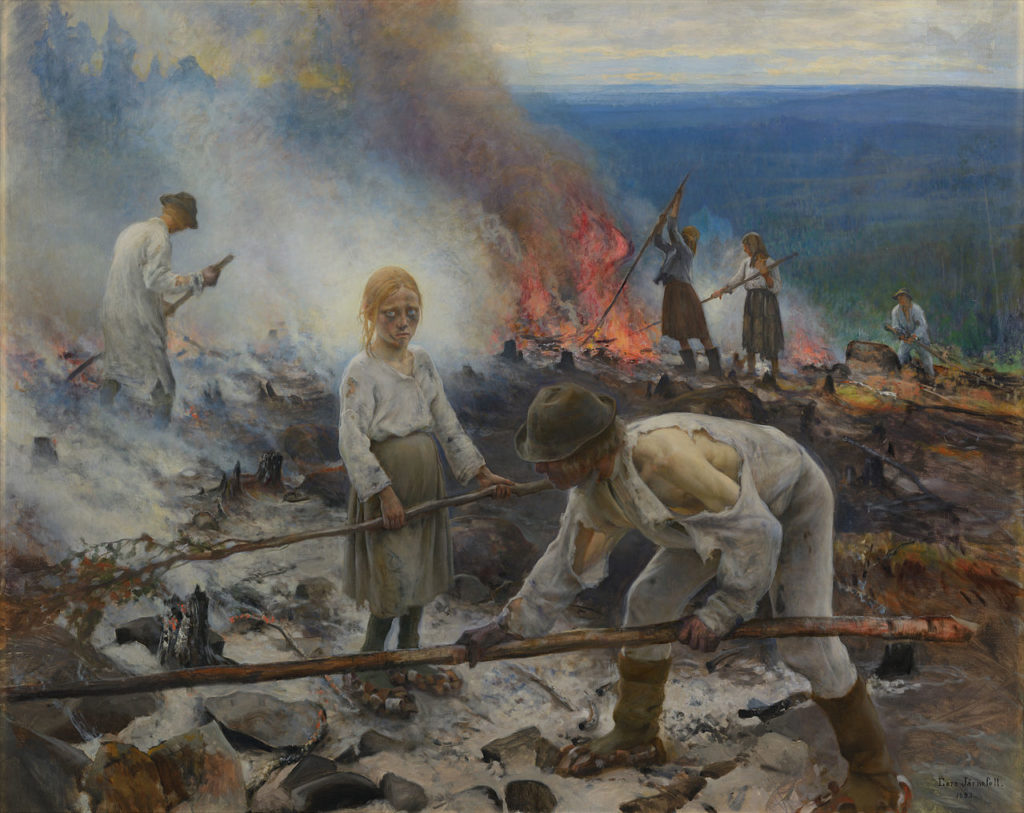
- Fixed all the broken links;
- Migrated any relevant contents to nicely rendered Markdown files into a central place (the main GTG Git repository on GitHub), then split, merged or rewrote a ton of “cornerstone” documentation including the new README, the new CONTRIBUTING file, and most of the stuff you see in docs/contributors/;
- Deleted the migrated wiki pages and associated links, archived the rest that remains there for “hysterical raisins“, by moving it to the bottom of the page;
- Wrote a new introduction and list of features & benefits for users, at the top of the wiki homepage;
- Rewrote remaining “cornerstone” wiki pages (new download/install page, new roadmap page, etc.);
- Archeologically recovered the epic lost manifesto page;
- Used some more archeology to create the press coverage page;
- Ordered the GTG.ReadTheDocs.io website to be destroyed and its remains cremated with the brushwood.
Behold: 37 wiki front page revisions later, the front page now does a decent job at answering the #1 question for people hearing about GTG for the first time: “Why would I use GTG? Why is it magical?” The wiki’s front page used to look like this, it now looks like this. Some might say it is now a very nice shrubbery.
On the other side, in the Git repository, my 23 commits involved 155 files, with 1399 line insertions and 888 line deletions.
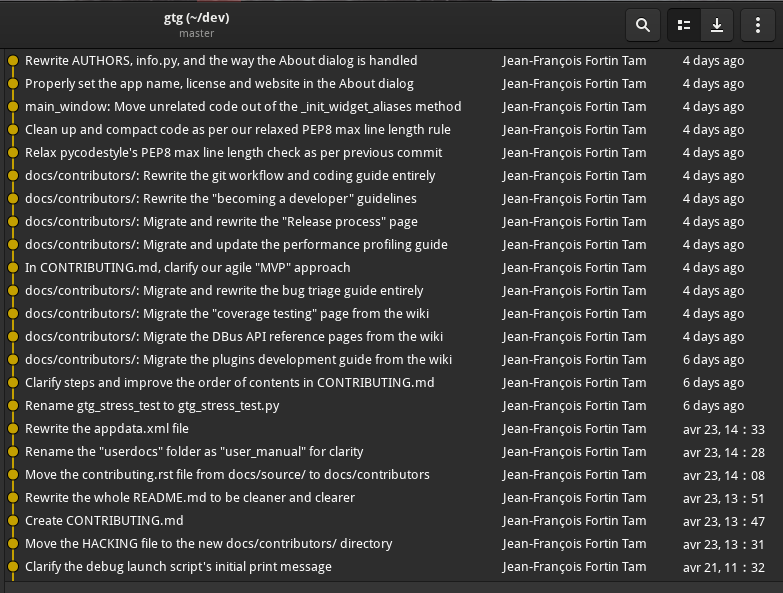
The git commit timestamps don’t reflect the spread-out, multi-week nature of this work. Good thing I’m not invoicing GTG for that work, because it would cost more than a Nissan Micra.
Remaining GTG dev docs you can help with
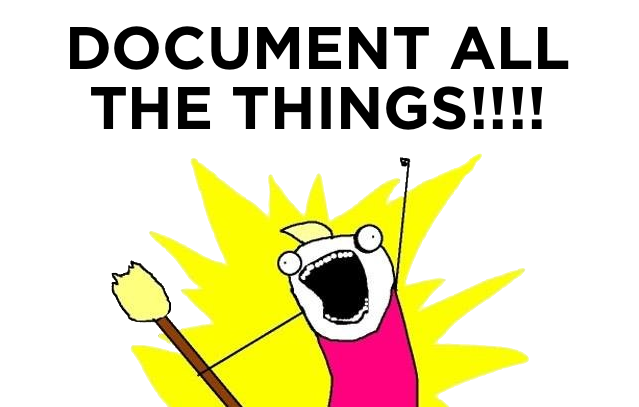
Some documents in the new contributors docs folder are things that I have migrated but not actually reviewed for up-to-dateness or accuracy, such as the DBus API documentation or the plugins documentation. If there are outdated parts, I welcome you to contribute suggestions and ideally patches to address any remaining issues, as those areas are a bit out of my area of focus and expertise (I am many things, but I am not an API architect nor data structures specialist).